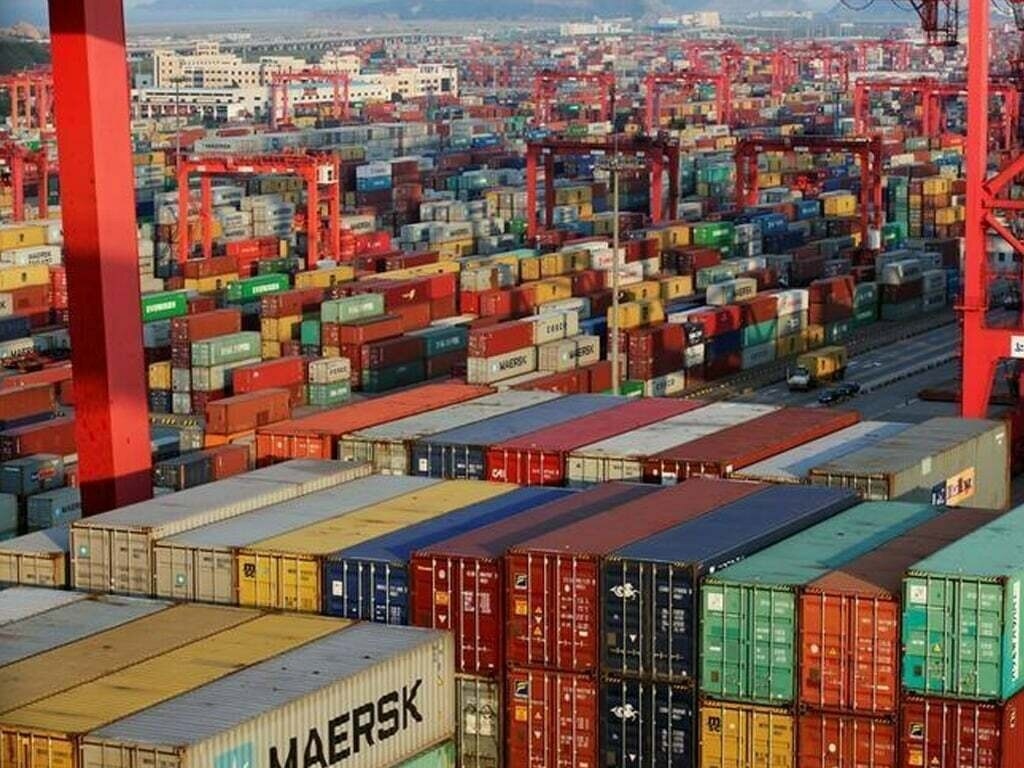Dependence on borrowed technology, lack of continuous and sustained R&D initiatives have kept India’s domestic textile machinery far behind. For financial year 2014-15, the production value of mainstream textile machinery, accessories, spares and consumables improved only by three per cent. The industry has since struggled to sustain momentum, and is on a flat growth path despite the continuation of capex-inducing concessional subsidy based schemes such as TUFS.
The lackluster performance after financial year 2014 was mainly due to the hit taken by the overall synthetic filament yarn industry, which accounts for 10 per cent of all textile machinery output. In addition, the synthetic and man-made fiber sector is plagued with overcapacity situations. This excess capacity situation, owing mainly to the slowdown in the demand for synthetic textiles, has impacted investments and thus take-off for textile machinery, despite availability of concessional schemes to boost capex via new projects. The scenario is not likely to change in the near future due to continued weak demand for textiles.
The only ray of hope is the successful run enjoyed by the cotton and spun yarn spinning mill machinery. This has been solely due to the capability of the spinning machinery segment to meet demand. Favorable and special textile policies have played a pivotal role in mobilising new investment in cotton or spun yarn mill projects. As a result, the domestic production of cotton or yarn spinning machinery has become the strongest link in the machinery value chain, accounting for almost 50 per cent of textile machinery production.
Indian textile machinery sector flounders
- 1
- 2
- 3
- 4
- 5
- 6
- 7
- 8
- 9
- 10
From Tariffs to Textiles: Dornbirn GFC highlights strains and solutions in globa…
The just concluded annual Global Fibre Conference in Dornbirn put forth a complex picture of the synthetic fibre industry. While... Read more
The end of de minimis, small businesses face a trade shock in America
When the US government moved to terminate the long-standing de minimis exemption, the duty-free threshold for low-value imports, it sent... Read more
Rise of Regional Fashion: BRICS+ Summit signals shift in global fashion power
The recently concluded BRICS+ Fashion Summit in Moscow was more than just a series of runway shows; it was a... Read more
Nomura Report: Asian exporters absorb tariffs, rethink supply chains
As global trade enters a period of recalibration, Asian exporters are bearing the brunt of escalating US tariffs while simultaneously... Read more
The Soul of Style: BRICS+ Fashion Summit weaves a new narrative of ‘Culture, Cra…
In a world where fast fashion often dominates, a different conversation took center stage in Moscow. The recently concluded BRICS+... Read more
Fashion's New Fit: Tailoring and alteration services stitch a story of growth
From the runways of Paris to the digital storefronts of global e-commerce, the fashion industry is changing. As consumers increasingly... Read more
Fashion's New Frontier: Designers and innovators redefine 'Brand' at BRICS+ Fash…
The global fashion landscape is undergoing a "tectonic shift," and the inaugural BRICS+ Fashion Summit, held in Moscow from August... Read more
Luxury brands swap leases for deeds as global real estate strategy shifts
Luxury fashion houses are increasingly choosing to buy, not rent, the world’s most coveted retail spaces, marking a sharp shift... Read more
STAR Network joins hands with Fashion Industry Charter for Climate Action to adv…
An inter-regional alliance of garment producer associations, The Sustainable Textiles of the Asian Region (STAR) Network, has reaffirmed its commitment... Read more
More than a lookalike, 'dupe' culture is forcing premium brands to innovate
The $4.5 trillion global luxury market is under siege, not just from the traditional counterfeiters operating in back alleys and... Read more











